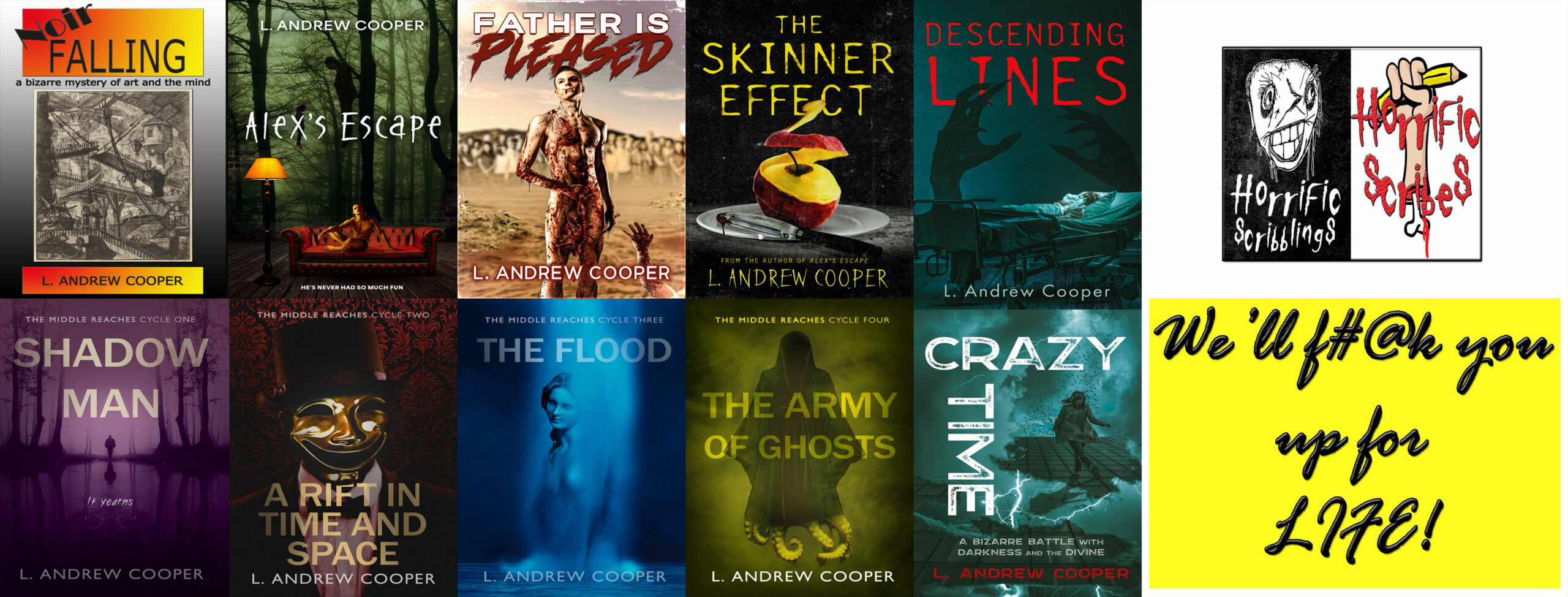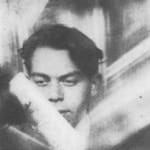response to class discussion of the French experimental film “Le Ballet Mecanique” (1924)
For the last couple of years, I’ve been inching toward acceptance of the so-called “experimental” tradition in film, movies that stretch the form in ways that challenge perception, often at the expense of accessibility. Although my liking has yet to go beyond acknowledged classics, teaching those classics has shown me that inaccessibility, despite the problems of elitism, can be extremely useful. Experimental film and teaching have a common starting aim: to make the familiar, in this case movies, strange again. Christian Metz argues that being a film critic requires alienation from the object of criticism, and while I’m not sure I agree, I do see the process of alienation and reconciliation, of making something strange in order to make it familiar again in a new way, as essential to higher learning. And I think (knock on wood) that yesterday, August 20, 2012, my semester-kickoff for Introduction to Film managed to use “Le Ballet Mecanique” to just such an end.
Just in case you don’t know the film and don’t want to see it on YouTube, I’ll quickly summarize it: a woman sits on a swing; cubist and surrealist images (including kaleidoscope-d pot lids, hard-to-identify machinery, and parts of a woman’s body) move rhythmically across the screen; the woman from the swing sniffs a flower. These difficult-to-connect elements appear against the backdrop of George Antheil’s musical composition “Ballet Mecanique” (long intended to go together, film and score weren’t unified until around 2000). The music includes dissonant banging on pianos and xylophones, sirens, and other cringe-inducing (but sometimes strangely lovely) sounds.
After I screened the 16-minute film in class, students’ facial expressions ranged from bored to annoyed to stunned. Part one–making cinema strange–had worked. Now came the work of introducing a new type of familiarity through insistent Socratic questioning. We started by thinking about the confusion and alienation most or all of us felt when watching: what meaning and value, if any, lie in befuddlement?
From left to right: A cubist Chaplin, fragments of a woman, and the birth of filmmaker Dudley Murphy from… something.
Natural hesitation to answer such a question didn’t last very long. We brainstormed a list of things we remembered seeing during the film, which was a surprisingly difficult task: smiling lips, detached legs, a random bird, a cubist clown in a hat (usually read as an homage to Charlie Chaplin), a man’s head rising from what might be a flower. Pretty soon, we were thinking that since the film begins and ends with the same woman, what happens inside this frame might represent the woman’s psychological experience. Almost immediately, a young woman with a background in gender studies suggested that the film might be about rape. I’ve been doing gender studies for years, so seeing sex, objectification, and violence in the film’s imagery isn’t all that difficult for me, but I expected such things to go unnoticed as students new to film studies tried to process the visual onslaught. While some students never shed their skepticism about sexual interpretations, others ran with them, ultimately arguing that the film not only reflects on women’s objectification through images of violation but that it imposes a rape-like experience on viewers who are violated by the rapid, disorienting sounds and images. De-emphasizing the violence, students also noted that the man’s head rising from the flower might be a birth resulting from the sexual penetration that film represents elsewhere. Since I’m fairly certain the head belongs to one of the two men behind the film, Dudley Murphy, I suggested that perhaps the film is reflecting on the birth of art (the film itself) and the artist from the random, confusing stimuli of modernity. Even the students who didn’t agree with this suggestion seemed to see where it came from.
When such conversations go well, the class comes up with different, sometimes contradictory interpretations, and I get to emphasize that the course encourages such contradiction as long as each claim has support from carefully analyzed evidence (e.g., discussion of details from sound and image). When such conversations go ever better, as this one did, I leave the class with new insight. This time, the insight came from a student’s comment about the film having a carpe diem sort of moral. The rapid, confusing imagery keeps us from seeing where the film is going or understanding where it’s been, so it forces us to experience the images and sounds entirely as events in the present. The film exists only now; it shows us how to live in the moment by making other kinds of living untenable during the film’s duration. I had thought similar thoughts, but none so clear and convincing. I responded by pointing out that a French film from 1924, the first world war a recent memory, has every reason to advocate for seizing the day.
I was thinking, however, that I had suddenly gained a new understanding of an experience I’ve had with favorite authors Virginia Woolf and Henry James as well as filmmakers like Stan Brakhage. I’ve always enjoyed modernist fiction, and as I’ve said, I’m coming around to experimental cinema, but a tendency not to be able to remember details has always haunted my experiences with such texts. The difficulty the class had brainstorming details from something they’d seen moments before suggested that I’m not alone in such memory failure, so maybe some of the relative inaccessibility of these works stems from a common narrative resistance to time becoming anything other than present. This is the sort of “maybe” that would probably require cognitive research to resolve (who knows, maybe someone has already done it). In any case, it’s the kind of maybe, a fresh, powerful perspective on an old idea about modernism and time, that makes teaching indissociable from learning. And if, for me, “Ballet Mecanique” crossed from strangeness into a new type of familiarity, I’m willing to bet it did for some of the students, too. I’d love to take all the credit, but mostly the outcome had to with the combination of student minds with the film. I came away from class loving both.




Comments are closed.